Sketching is an art that is driven by passion. People who are passionate about creating art and find art to be a way of self-expression and driving out negative energies from their minds are able to relate to art better and they are the ones who become great artists. Art is a gift that many people possess. However, true artists are those who are able to develop their skills further and constantly nurture their capabilities so as to be able to express themselves better, to impact a large section of their target audience, and to build a lucrative career. In this article, we have discussed what a new artist should do to sharpen his/her sketching skills and have discussed multiple aspects of skill development from diverse perspectives.
Before we head to the technical aspects of sketching, we would discuss the motivational aspects that we believe would keep you in high spirits to learn sketching tactics and to master them through practice.
Creativity and Perfection Emerge Right from Your Mind
Continue to draw
Dedicate your time and efforts in creating sketches of objects. Draw random lines and circles, which would improve your precision levels. You can start creating simple shapes from multiple angles. Once you are done creating these shapes, you may consider applying shading strokes while paying attention to the boundaries. At this point, you may consider testing various drawing tools to understand their individual strengths and weaknesses.
Be inspired
Inspiration plays a key role in the development of artistic prowess. You should continue experimenting on a number of shapes and sizes to understand what shading patterns would suit them the most. You should check if you can develop your own unique method of creating a certain shape. You will come across a number of online tutorials where artists would be discussing about the various principles that they have adopted to create complex shapes. Artists should stay inspired at all times to build and maintain the foundation of a strong career in art.
Carry your sketchbook with you
Regardless of your location, you should carry a sketchbook with you and this is a behavior that we commonly note in professional and passionate artists. At times, while travelling, you may come across stunning scenes that may inspire you challenge your creativity to create complex shapes. Inspiration and challenges create a new window of opportunity in your artistic life and this is what would propel your growth in your professional field.
Sketch real life objects
Beginners may consider sharpening their skills by working on real life objects. Beginners may find it quite difficult to work with animated objects and they may try addressing this issue by practicing their skills on stationary objects first and then trying to apply their skills on moving objects. Start by creating rough shapes and then focus on creating your own sketch. Add details during the course of the process. This enhances a shape’s substance and improves its realistic appeal.
Continue making efforts to draw
Go on practicing your skills again and again. You may have championed the art of sketching, but you should still consider taking a look at the masterpiece works of legendary artists in order to educate yourself about the diverse perspectives. At this point, you must make a note of the fact that there are striking differences between pencil sketch drawing and architectural drawing and people who specialize in the field of architecture are equipped to produce precise architectural drawings. If you have not been successful in creating architectural drawings so far, you may consider hiring companies that deliver sketching services. We would still advise you to practice again and again so that you can understand where you are going wrong and rectify your mistakes accordingly.
Be an observer and admirer of your subjects
If you are an aspiring sketching service provider, you should be a keen observer. You should have the ability to focus on your subject and examine its attributes. The quality of your sketching outcomes depends a lot on the lighting. By using appropriate lighting, you can add appropriate realistic-looking textures. Use of appropriate lighting also allows for the highlighting of the darker and brighter on your subject and for the displaying of shadows in a more natural and realistic manner.
Apply your hand movements properly
Draw circles that measure 10 cm in diameter and create vertical, horizontal, and diagonal lines. Make sure that your wrist does not rest on paper. When you become successful in getting drawings into appropriate shapes, you can confidently start creating your own unique sketches.
While drawing, don’t think too much about completion. Just focus on your artistic journey and ensure that the shape, size, and symmetry are perfect. When you feel satisfied about the actual form, you can then initiate the shading process. In order to make sure that you deliver stunning and realistic shading strokes, you should check if you have a collection of pencils with different shading tones. You should use dark-tone pencils, such as B pencils to highest the darkest spots in a sketch.
Your stationeries are important
Though stationeries are important for you or for any professional artist, you need not shell out huge amounts to secure pricey products. As a beginner, you may start with textured paper and later, you may switch over to A4 paper. Start with a darker pencil to create darker shadows. It is a good idea to initiate sketching using a 6B pencil. Other related stationeries that you would need are a sharpener, eraser, and a pad to hold the papers on to their places.
Manage the Technical Aspects of being a Sketching Artist
Do you like sketching, but are yet to explore the drawing techniques? Once you get acquainted with the real drawing techniques and apply them to your work, you will witness a steady development of your artistic skills.
But as we mentioned earlier, the passion for art has to come from your soul and it is only YOU who can help yourself in developing your sketching or artistic skills further.
These are a few considerations that new artists should pay attention to:
Drawing Curly Hair
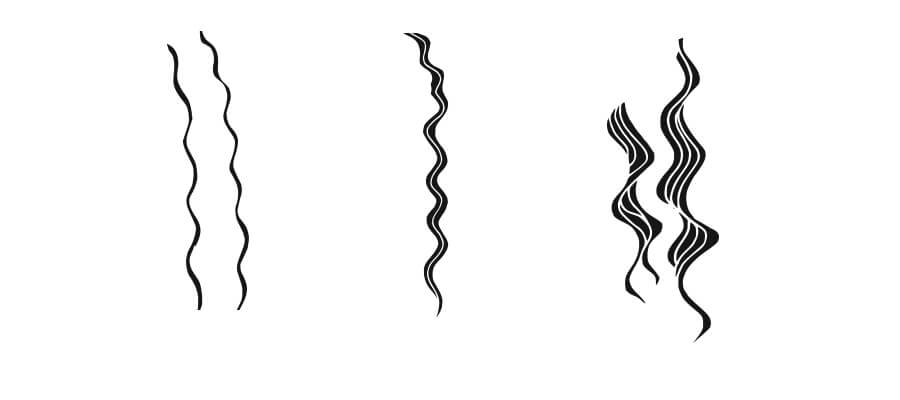
You can sketch textured, curly hair from a squiggly line that is measured out between two parallel tapered lines. You should practice adding depth and dimension to each curl through the addition of more staggered wiggly lines and creation of strand from these lines.
Preventing Smudging
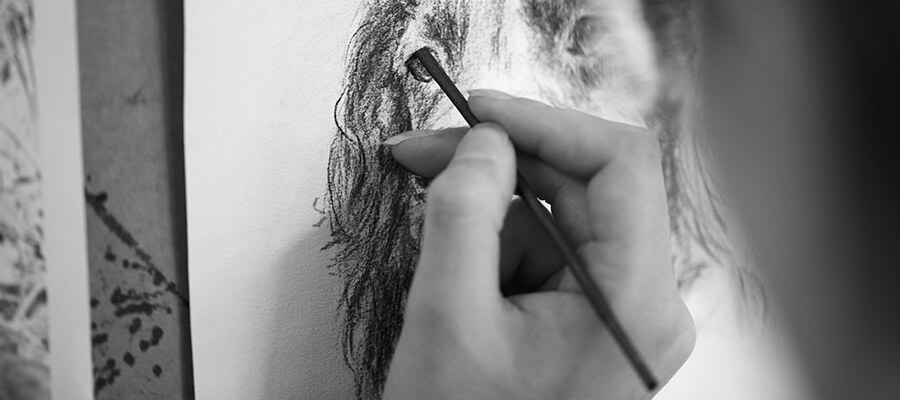
When you sketch with a pencil, you have to take steps to minimize the chances of smudging. Left-handed people should practice greater degree of care than right-handed people. There are chances of smudging when right-handed individuals work on a big piece and need to put their hands across the area where they are creating sketches. However, chances of smudging increase more when left-handed people reach angles that automatically make them put their hands on their sketches more frequently.
Drawing sky and clouds
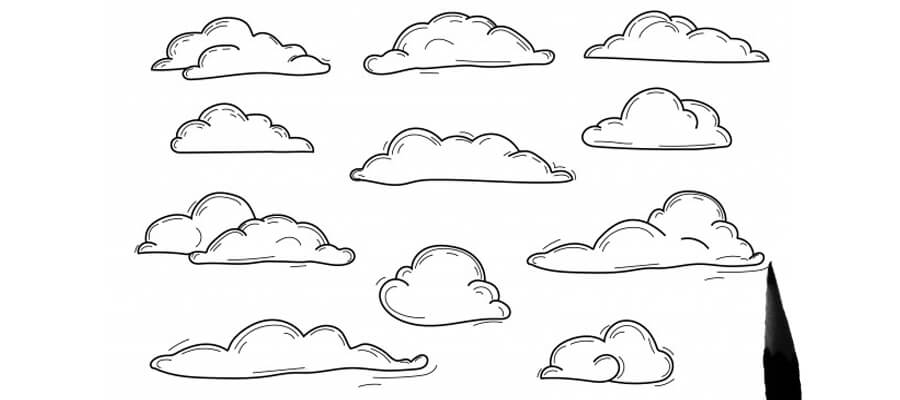
When you are trying to draw the sky and create realistic clouds, you can add depth by adding smudging effects with the help of a piece of cloth. This would allow you to exercise greater control over the outcome and to evenly rub the required portions in a drawing.
Having proper control over your pencil
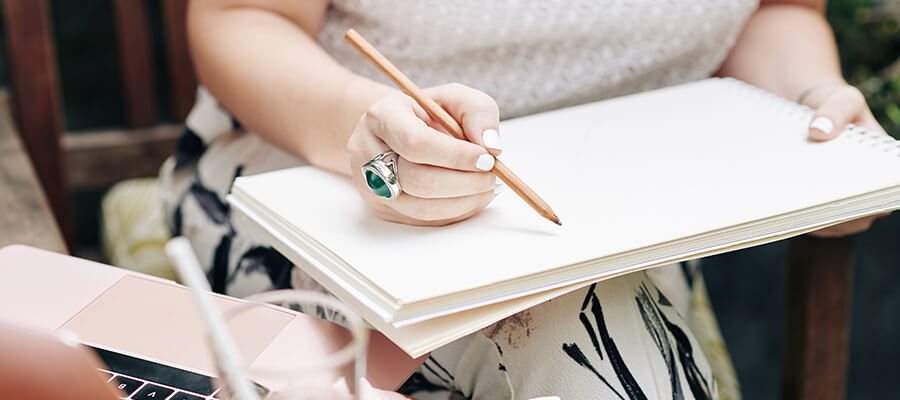
You should hold your pencil in an appropriate manner so that you can make it work the way you like. A better grip would allow you to apply pressure on the appropriate spots or to create precise lines and details at the desired places.
Sketching animal fur
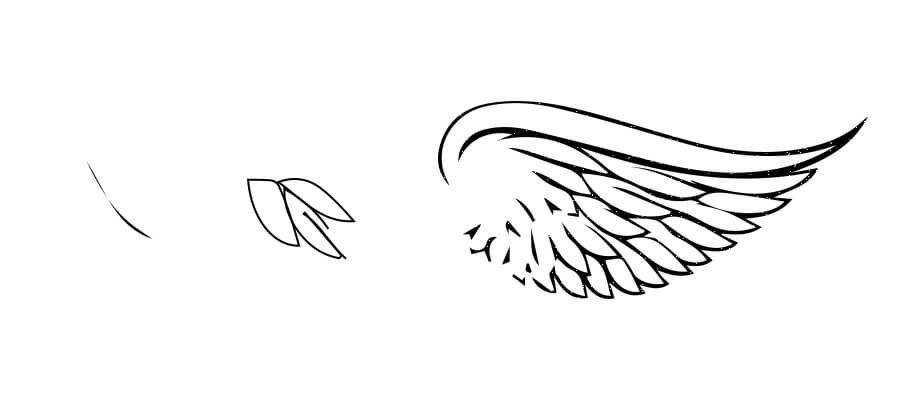
Sketching animal fur is not similar to sketching human hair. Animal fur is thicker than human hair and is often found to have uneven layers. On the other hand, human hair is smoother and flows more easily. You should remember these facts, which we feel would significantly impact how you sketch each strand.
Creating light and shadow
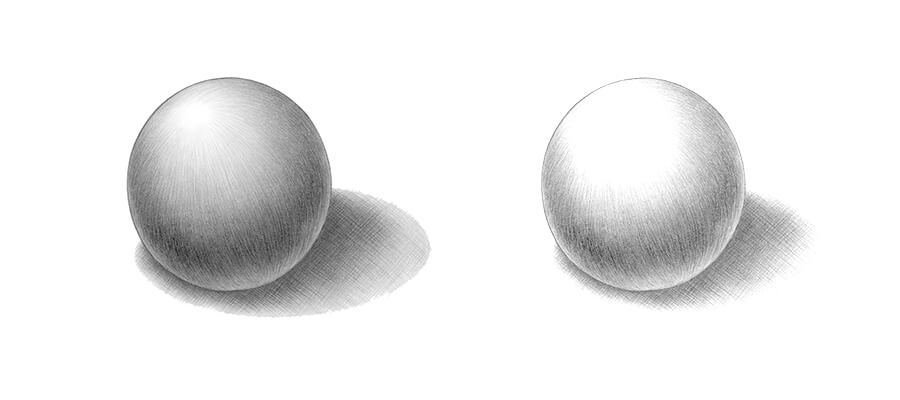
You should consider two factors- distance and perspective while creating light and shadow. Shadows and light would change depending on how you would position your object.
Sketching a fruit
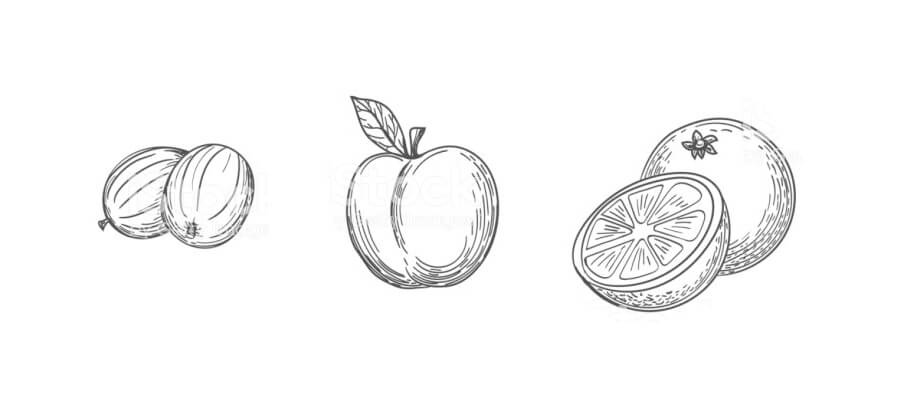
Drawing a fruit would give you an opportunity to sharpen your skills with regard to shapes, shadows, strokes, and highlights. You can further enhance your skills by sketching the same fruit from multiple angles.
Sketching eyes
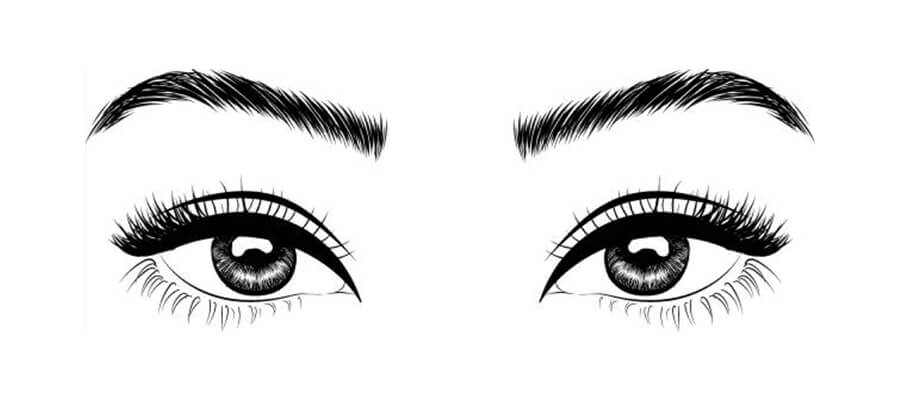
You should apply appropriate shading patterns so as to make eyes appear lively. Un-angled, flat sketches may make eyes appear depthless and so you should make sure to pay proper attention to depth and reflections while sketching eyes.
Drawing mouths and faces
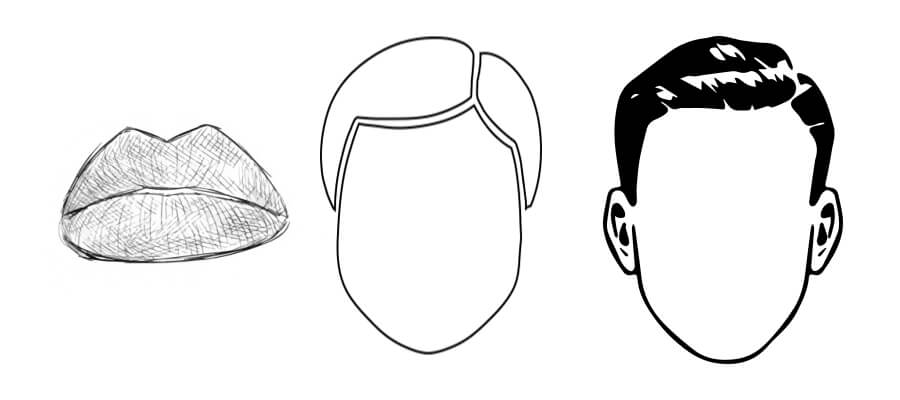
When you are learning to draw a face, it is a good idea to focus on individual facial features and sharpen your skills first. If you are looking to draw a mouth, start with the sketching of a set of lips and once you achieve perfection, you start creating various lip and mouth shapes in order to create different faces that have completely different features and contours.
Sketching Straight Hair
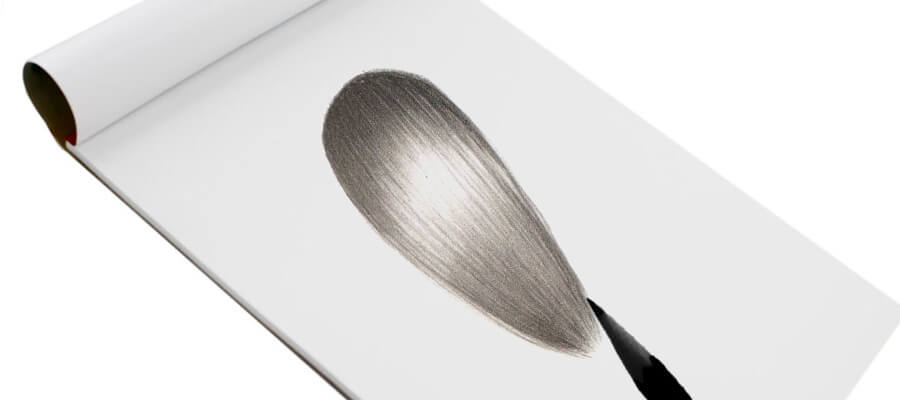
Do you know that even the hair that appears to be the straightest sits at different angles in different directions? You should note that straight hair does not lie flat or straight against a person’s head. So you should exercise proper care to make individual hair appear distinct while drawing strands.
Sketching trees
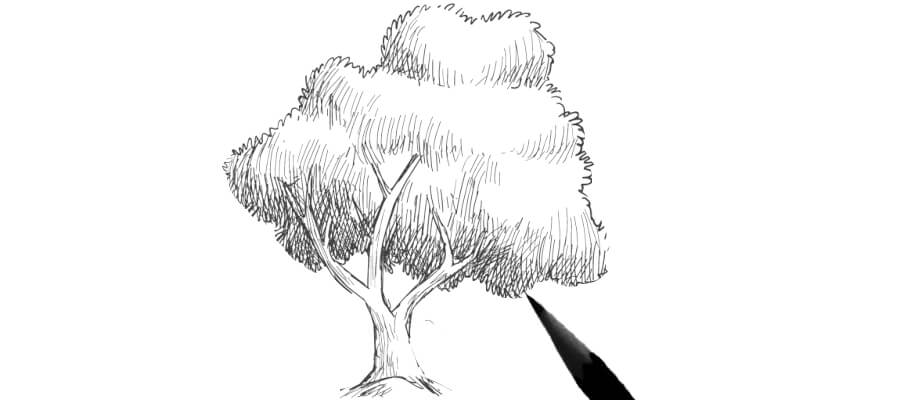
Sketching trees that look realistic is a matter of patience and demands an attention-to-detail approach. You should apply a thorough process of shading at the appropriate angles to create natural shades of wilderness.
Sketching a glass of water
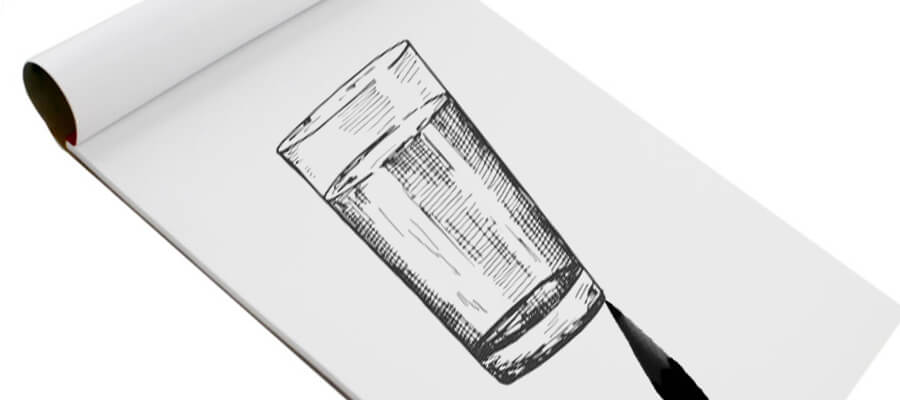
New artists may find it difficult to add reflections in order to create realistic drawings. If you are one of them, you may start your practice work with a glass of water. This exercise would help you develop your skills to a significant extent as you try your hands on giving the 2D water surface a life-like 3D appearance.
Minute details that you should take into account
- Know your pencil: The hardness of the graphite plays a critical role in delivering the desired effects. “H” pencils are harder, “B” pencils are softer, and the “HB” pencils are somewhere in between. 4H and 4B pencils differ from each other; you should ideally start with the lighter H scale and then move towards the darker B scale. You may consider using mechanical pencils to achieve better precision as well as traditional pencils to highlight large, textured areas. You should know how you should use your pencil to create the desired effects. When you hold the pencil closer to its end, you exercise better control over the strokes and create darker markings whereas if you hold the pencil near its head, you will deliver lighter strokes and will have lesser control and precision.
- Apply various mark-making methods: You can create forms in your sketches and to apply various styles in several ways. You should experiment with different styles and identify the styles that suit you the most. Some artists would go for smoother value transitions against a lighter outline while some would prefer cross-hatching against a darker outline.
- Create different types of edges: Combine different types of edges to make your art look interesting. There are mainly four types of edges- hard, thin, undefined, and lost. With a thin or hard outline, you will get solid borders. With lost edges, you will blend the object and the background together. With undefined edges, you would give viewers the opportunity to define boundaries in their own ways.
- Follow the 70/30 rule: The 70/30 rule applies to artwork in which 30 percent of the art is the actual subject and the main focus of the artwork while the remaining 70 percent is just filler content. The presence of this larger, less-interesting area pulls additional attention towards the subject.
- Distinguish various textures: Check if a texture reflects or absorbs light or if it feels rough or smooth. You should apply different techniques to highlight different textures. For example, you cannot portray human skin in the same way as animal fur or metallic surfaces. Every texture has its own unique characteristics and you should capture these properties by applying appropriate techniques. Smooth and reflecting textures are noted for their higher contrasts and highlights whereas rough, absorbing surfaces are noted for their low contrasts and absence of highlights.
At the end of the day, we would like to again emphasize on the fact that sketching is more about being passionate than about being technical. So if you are a passionate artist, you would do your best to master all the important sketching techniques and apply them in your own creative and distinctive ways. Do you have a friend who is keen about sketching, but has not had a chance to explore the techniques or intricacies involved? Do share this post with him/her to give him/her some motivation to get started.












